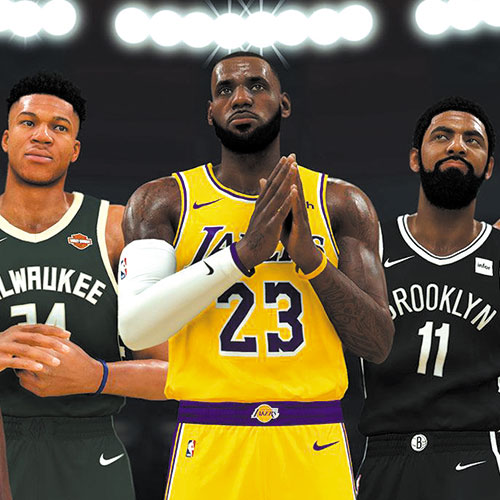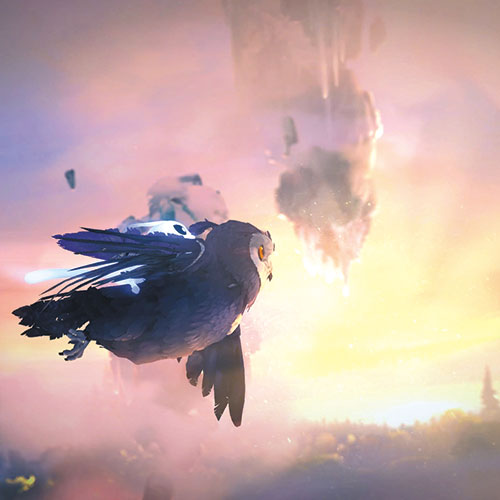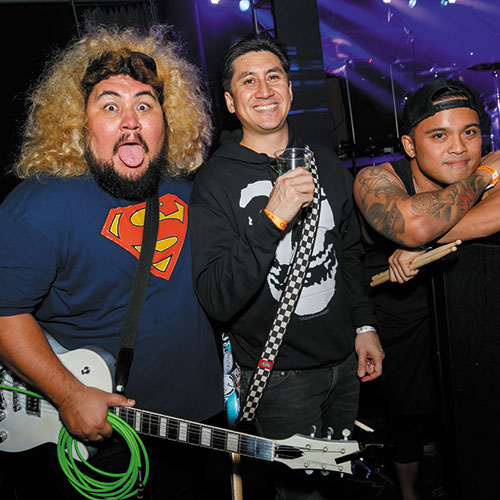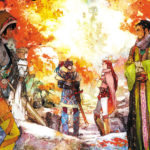‘Metal Gear’ is a legend worth waiting for
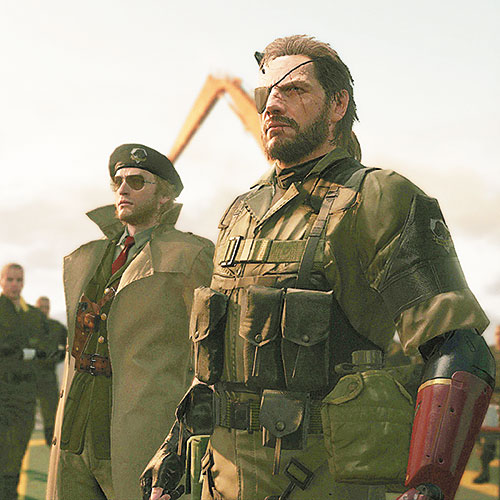
By Joe Juba | Game Informer Magazine
Metal Gear Solid V: The Phantom Pain
Platform: PS4 | Xbox One | PS3 | Xbox 360 | PC
Style: 1-Player Action (2-Player Online)
Publisher: Konami
Developer: Kojima Productions
Rating: M, for Mature
“Metal Gear” is a member of video gaming’s old guard. It has been consistently popular since its inception in the ’80s, which is a rare distinction it shares with revered names like “Mario” and “Zelda.” Unlike its peers, “Metal Gear” has been telling a continuous story the whole time — a major strength and a strange weakness all at once. Invested fans adore the series for its narrative just as much as its tactical espionage action, but the sprawling story makes it intimidating for newcomers. “Metal Gear Solid V: The Phantom Pain” is different; it puts the saga of Big Boss and his sons in the background, emphasizing dynamic gameplay and a player-directed approach to progression.
The story is still important, but it isn’t the driving force in this installment. As Big Boss, you build an army and work against a villain named Skull Face (introduced in the “MGS V” prologue, “Ground Zeroes”). The premise of building Big Boss’ legend is interesting, and it evolves to include compelling and unexpected themes that I won’t spoil. However, Kojima Productions’ decision to offload key story information into optional audio logs means that major developments can occur without necessary context, only letting you learn more about them after the fact.
Without frequent interruptions for exposition, you’re free to immerse yourself in the addictive mission-based structure. The sense of freedom is great; you choose the activities and rewards that interest you, like extracting valuable prisoners, stealing resources, sabotaging communications. Getting into a rhythm is easy and fun, and I had plenty to keep me busy during my 45-hours of playing time.
The transition to an open world is generally smooth, though getting around isn’t as easy as it could be. The fast travel systems are clunky and counterintuitive, which makes it hard to move easily from one objective to another. The inability to quickly get to where you need to be is a weird and unnecessary problem that other open-world titles solved years ago.
Apart from the larger world, “The Phantom Pain’s” solid core mechanics are essentially the same as they were in “Ground Zeroes.” The biggest difference is the addition of the buddy system, which allows you to take an ally with you on missions. I was initially worried this would dilute the sense of solo infiltration I love about “Metal Gear,” but I enjoyed finding out how each one contributes in different situations through benefits like Intel support and extra firepower.
Unlike the linear design of previous entries, “The Phantom Pain” rarely assumes you have particular weapons and equipment, so the missions are brilliantly designed with multiple paths to success. It’s not as simple as going all-out stealth or aggression; each operation is a playground that encourages you to experiment with the tools you have available. Fulton balloons, rocket-propelled arms, walkers equipped with Gatling guns — the options you have to play with all depend on how you choose to build the legacy of Big Boss.
Everything you do, from main missions to free-roaming hijinks, contributes to improving your army. It all folds into Mother Base, the secret star of “The Phantom Pain.” It functions as your skill tree, your arsenal, and a symbol of your power. You invest in your progress with the currency you earn from completing missions, the soldiers you extract, and the resources you gather — the loop goes on and on. The depth of customization and the incentive to keep doing “just one more mission” is amazing, and being able to walk around the base and see your progress first-hand is remarkably rewarding. I was surprised when I realized improving Mother Base — not the main story arc — was the primary force propelling me through “The Phantom Pain.”
Hideo Kojima’s original “Metal Gear” was a top-down, screen-by-screen stealth title. Compared to the massive and ambitious world of “The Phantom Pain,” it’s hard to believe both games are products of the same creative mind. A series can’t survive this long without evolving, and “The Phantom Pain” is a testament to the importance of taking risks. An open world, a customizable base, a variable mission structure — these are not traditional aspects of “Metal Gear,” but they are what makes “The Phantom Pain” such an exceptional game. The gameplay, storytelling, and protagonists in “Metal Gear” may shift with each new installment, but Kojima’s ability to surprise and enthrall gamers remains unchanged.




